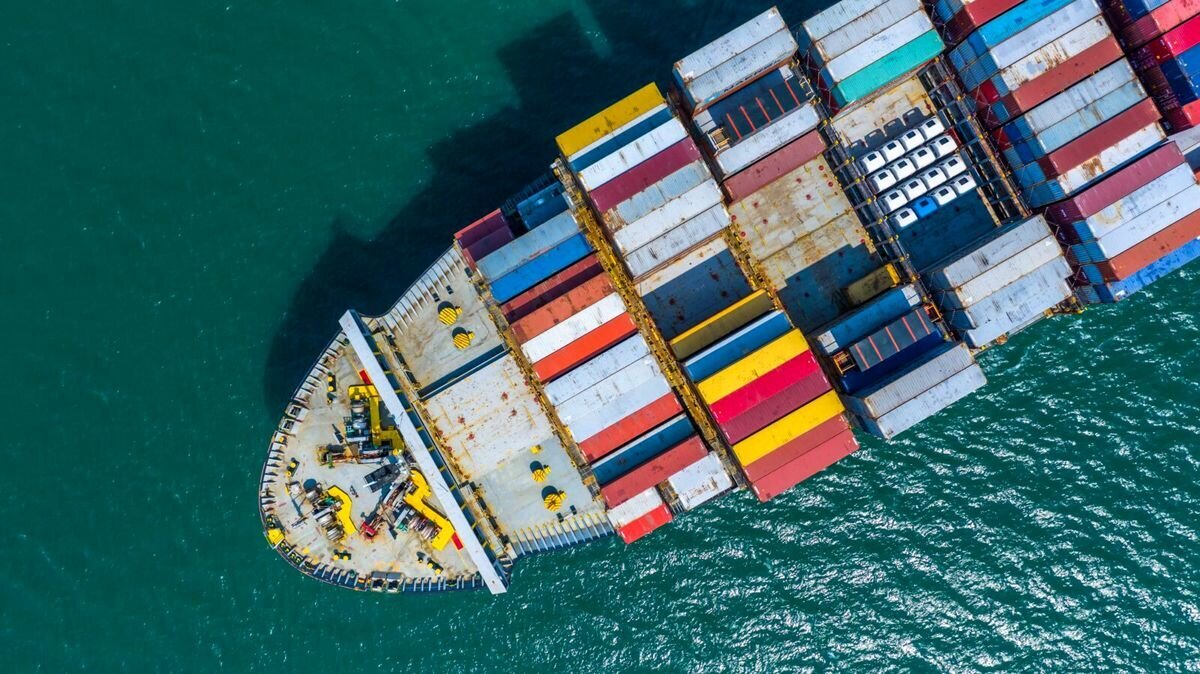“Role of Oman as a re-export hub, effective in developing trade with Iran’

TEHRAN- The head of the Iran-Oman Joint Chamber of Commerce explained the obstacles and positive factors affecting trade with Oman in recent years, as well as the events and factors that will influence future exchanges with this country.
Jamal Razaqi Jahromi, pointed to the reasons for the increase in trade exchanges with Oman, focusing on exports, and said: “Strengthening logistics infrastructure such as the development of Chabahar, Sohar, and Duqm ports and the increase in joint shipping routes have reduced transportation costs and facilitated Iran's exports. Additionally, the diversification of Iran's exports to Oman and the increase in exports of petrochemical products, steel, cement, food products, and fruits and vegetables have been effective in this increase in exchanges.”
He added: “On the other hand, the increasing role of Oman as a re-export hub – meaning that Oman re-exports a portion of the goods imported from Iran to Africa, India, and even the Persian Gulf – has itself been an effective action in developing the trade relations between the two countries. Furthermore, Oman's tendency to diversify its trade partners within the framework of its "Vision 2040" policies has created a suitable opportunity for Iran.”
Rezaqi Jahromi has emphasized that despite some structural obstacles, the positive trend in trade between the two countries is expected to continue in the second half of the year, setting a new record for bilateral trade.
He has stated: "In the first five months of this year, Iran-Oman trade saw an 11-percent growth compared to the same period last year, with Iran's exports to Oman, which increased by 16 percent playing the main role in this growth."
The National Center for Statistics and Information of Oman has announced that the value of the country's trade with Iran in the first seven months of the current year was $865 million dollars, of which over $390 million consisted of Iranian exports to Oman.
Statistics from this center indicate that Iran holds a significant share of Oman's foreign trade and, by leveraging the advantages of its neighborly relations with this country, has managed to secure a good position among its foreign partners.
According to this report, Iran was recognized as the second destination for re-exports from Oman in the first seven months of 2025. The value of Oman's re-exports to Iran during this period reached $465 million. Oman's re-exports to Iran from January to July of this year accounted for 18 percent of the country's total re-exports.
Iran also ranked 11th among the countries supplying goods needed by Oman, exporting $394 million worth of goods to this country in the first seven months of 2025. 45cpercent of the total trade between the two countries was related to Iran's exports to this southern coast Persian Gulf country.
Iran's exports to Oman were greater than those from countries like Turkey, Egypt, and the United States. The United States exported $218 million worth of goods to Oman during this period. Apart from re-exports, the figure for Oman's direct exports to Iran in the first seven months of 2025 was reported to be negligible, at around $6 million.
Iran Chamber of Commerce, Industries, Mines and Agriculture (ICCIMA) has proposed the creation of a joint investment fund between Iran and Oman to support industrial projects, as part of broader efforts to deepen bilateral trade and private-sector collaboration.
During a meeting in Muscat, in late May, with Qais Mohammed Al Yousef, Oman’s Minister of Commerce, Industry and Investment Promotion, ICCIMA Head Samad Hassanzadeh welcomed the growth in bilateral trade, which has surpassed $2.0 billion. He emphasized that the trade volume could potentially reach between $20 billion and $30 billion, given the countries' untapped economic potential.
Hassanzadeh stressed the need for a clear financial framework to facilitate transactions between private enterprises in both countries. He proposed the establishment of licensed exchange houses under central bank supervision and the implementation of a barter mechanism to ease payment challenges.
The Iran Chamber head also advocated for re-exporting Iranian goods to African and East Asian markets through Oman; cooperation in supplying key industrial inputs to Iran; joint ventures in petrochemicals, hospitality, power generation, fisheries, and agriculture.
He further called for the formation of an industrial and investment committee involving the industry ministries and chambers of commerce from both countries. The aim would be to evaluate and coordinate development projects, particularly those utilizing Iran's tech-savvy startups and industrial base.
Hassanzadeh also proposed joint investment in the International North–South Transit Corridor (INSTC) to enhance rail and road connectivity with Central Asia and Europe, as well as the Makran coast, specifically Jask and Chabahar ports, as strategic logistics hubs providing access to the Caucasus and Eurasian markets.
The visit was part of an Iranian business delegation mission to Oman, seeking to capitalize on growing economic ties and the imminent activation of the first interbank transfer mechanism between the two countries.
MA
